Taken 2: A Retired Agent’s Relentless Pursuit of Family Protection
In the high-octane sequel, Taken 2, we once again find former CIA operative Bryan Mills, portrayed by the formidable Liam Neeson, attempting to navigate a semblance of normal life. He embarks on what should be a tranquil family vacation to Istanbul, accompanied by his vigilant daughter, Kim (Maggie Grace), and his ex-wife, Lenore (Famke Janssen). This serene façade, however, is brutally shattered. The ghosts of his past resurface in the form of vengeful relatives of the Albanian crime syndicate members he dispatched in the first film, emerging from the shadows to reclaim their honor. Their singular objective: brutal retribution.
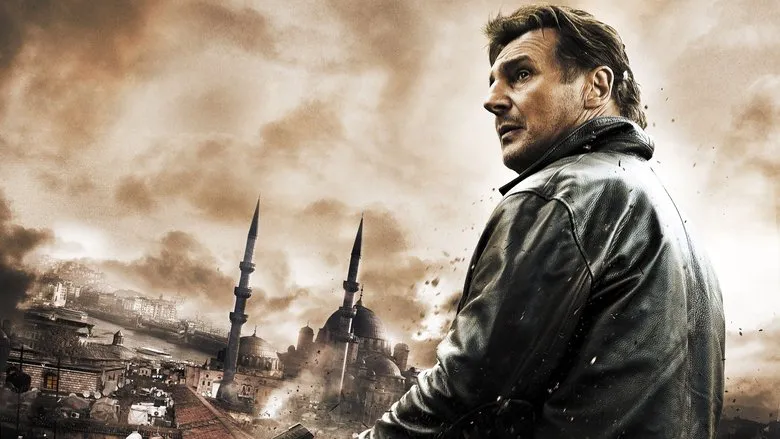
With his loved ones targeted, Mills is inevitably pulled back into the relentless pursuit of justice, forced to unleash the specialized skillset he has, time and again, demonstrated is “what he does best” – protect his family at all costs. As the tranquility gives way to chaos, Mills’s paternal instincts ignite, setting the stage for another thrilling display of his unwavering determination and lethal efficiency. The city of Istanbul, with its labyrinthine streets and bustling markets, becomes the new hunting ground, transforming from a serene backdrop into a perilous battleground where one man stands against an army of vengeance-seekers.
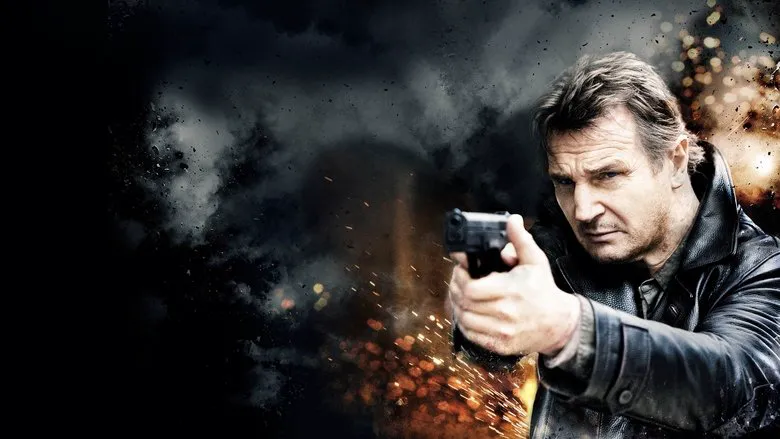
The Enigmatic Global Phenomenon
The monumental, worldwide success of the original Taken film continues, to some extent, to baffle industry observers. Luc Besson’s EuropaCorp studio is famed for its prolific output of action-packed thrillers, often characterized by their lean budgets and rapid production cycles. Yet, it was this seemingly straightforward B-movie, a genre staple with a familiar premise, that struck an unprecedented chord with global audiences. Defying expectations, Taken garnered a surprisingly substantial box office return for its category, proving that sometimes, the simplest and most earnest concept — a father’s desperate search for his kidnapped daughter — can resonate profoundly when executed with raw intensity and a compelling lead actor. The dramatic shift in Liam Neeson’s career, from acclaimed dramatic roles to an unlikely but highly effective action hero, undoubtedly played a pivotal role in this unexpected triumph.
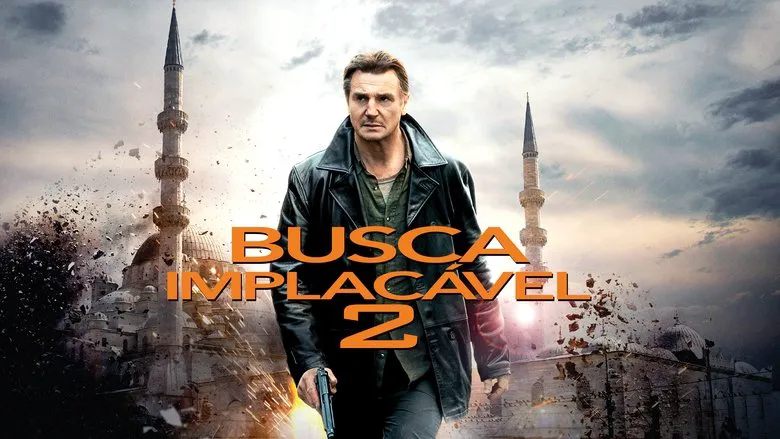
Megaton’s Signature Action Choreography
Taking the directorial reins for the sequel, Olivier Megaton demonstrates a clear proficiency in the art of staging visceral and often outlandish fight sequences. His distinctive style, previously showcased in films like Transporter 3 where Jason Statham famously used a mere jacket to incapacitate multiple assailants, and Colombiana, where Zoe Saldana’s assassin famously wielded toothbrushes as makeshift weapons, is undeniably evident here.
Taken 2 is replete with its own share of unforgettable hand-to-hand combat and explosive shootouts. One particularly striking sequence unfolds within the confines of a traditional Turkish bathhouse – a tense, chaotic, and oddly absurd brawl that truly stands out for its unique setting and brutal efficiency. These moments are meticulously choreographed, aiming for maximum impact, even if they occasionally border on the improbable. The rapid-fire editing and dynamic camerawork further amplify the intensity, throwing the audience into the thick of the action alongside Bryan Mills. Whether it’s a frantic car chase through bustling streets or a brutal confrontation in a confined space, Megaton ensures that every punch and every bullet counts, making for a non-stop, adrenaline-fueled experience that propels the narrative forward with relentless urgency.
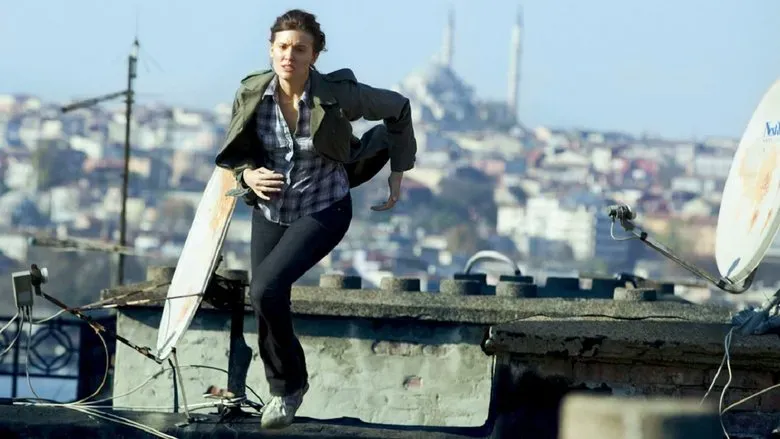
Navigating Stereotypes and Evolving Dynamics
Taken 2 doesn’t shy away from portraying its antagonists with broad, almost caricatured strokes. Liam Neeson’s stoic hero consistently finds himself pitted against a rogue’s gallery of “swarthy, unshaven men,” clad in stereotypical tracksuits, black leather jackets, and often bearing crescent moon tattoos. These villains are frequently depicted in environments punctuated by familiar clichés: watching soccer on television, consuming shawarma, and driving dated Mercedes cars, all soundtracked by the echoing call of a wailing muezzin. While Luc Besson has a well-documented history of employing national stereotypes in his productions, in Taken 2, the blatant nature of these portrayals borders on the comically unsubtle, raising eyebrows even as the action unfolds decisively.
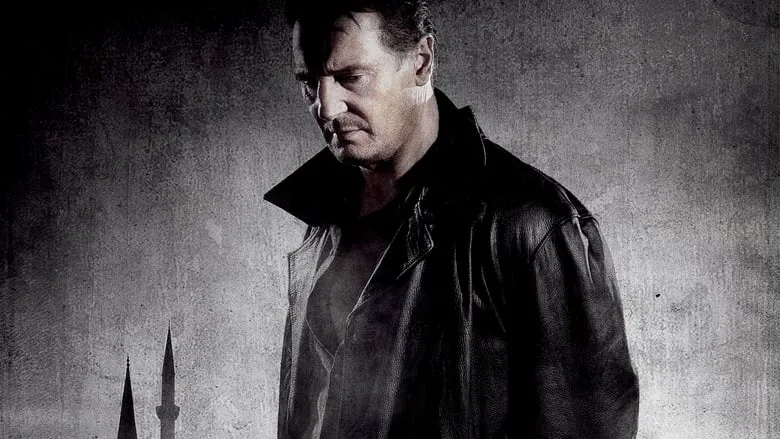
However, the film also subtly integrates a compelling evolution in its character dynamics, particularly with regards to Kim, Bryan’s daughter. In the inaugural Taken, Maggie Grace’s character largely embodied the helpless “damsel in distress,” a screaming symbol of the vulnerable, seemingly inexperienced Western youth. In this sequel, her role undergoes a significant transformation. Kim is not merely a victim; she is finally empowered by her father to take active steps in her own and her family’s salvation. We see her moving beyond panicked screams, embracing a more proactive stance – culminating in a memorable scene where she seizes a grenade and demonstrably throws it at an aggressor, directly contributing to their escape.
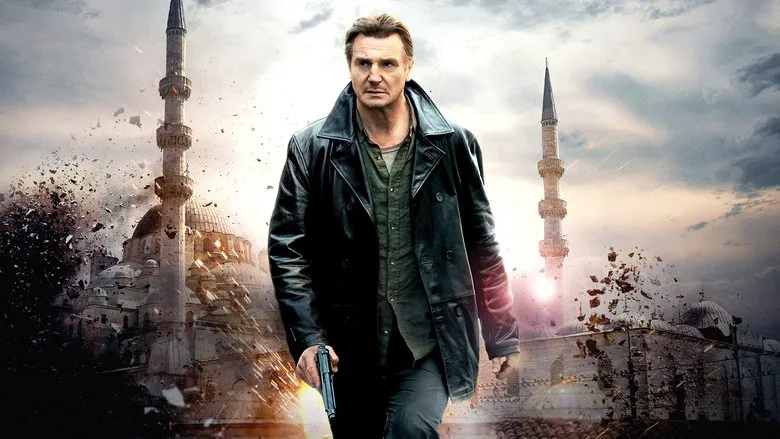
Crucially, she succeeds in this endeavor. This development signifies a powerful shift, perhaps allegorically suggesting a burgeoning resilience within the younger generation. It implies that modern Europe, despite facing persistent threats and ancestral blood feuds, possesses an intrinsic foundation of strength and self-reliance, capable of confronting challenges head-on and defending itself, even when facing seemingly insurmountable odds. This newfound agency for Kim becomes a powerful, if somewhat simplified, metaphor for a continent’s enduring spirit and capacity to rise to meet adversity.
Ultimately, Taken 2 may not reinvent the action genre, but it effectively delivers on the premise established by its surprising predecessor. It’s a relentless, albeit somewhat predictable, ride that bank’s on Neeson’s stoic presence and the audience’s investment in his unique brand of highly effective, sometimes brutal, paternal protection.